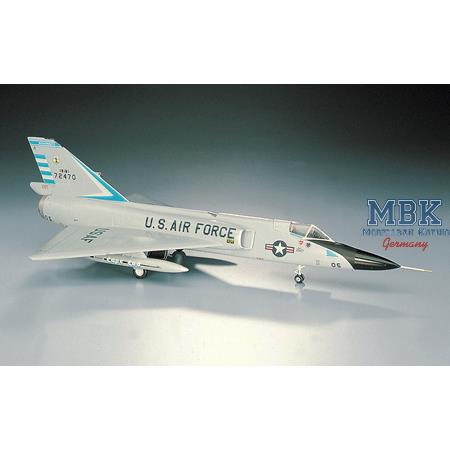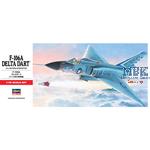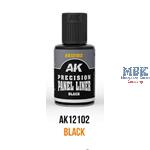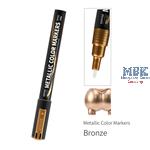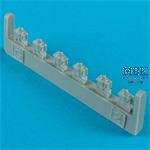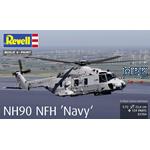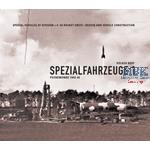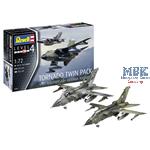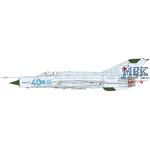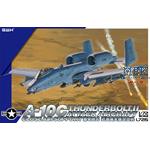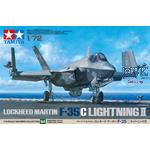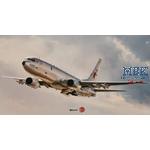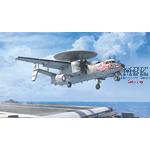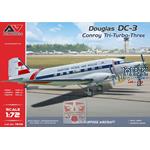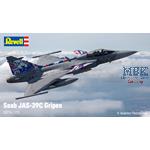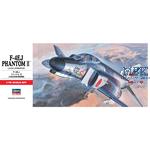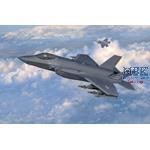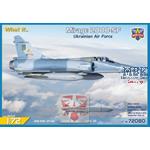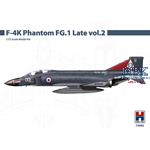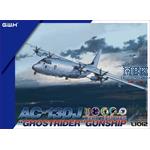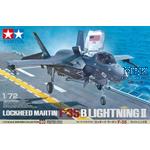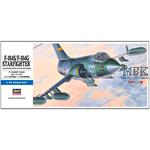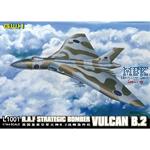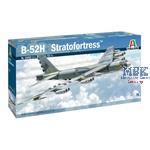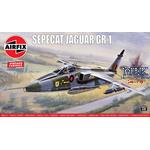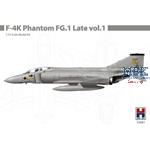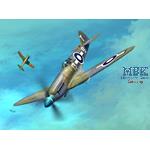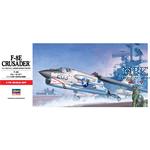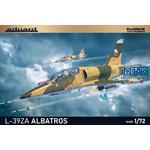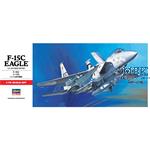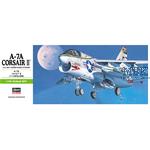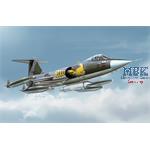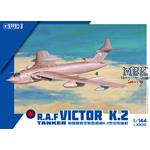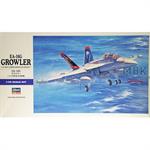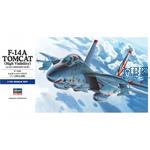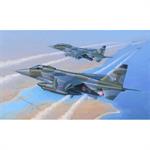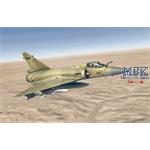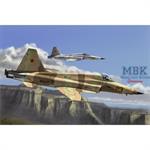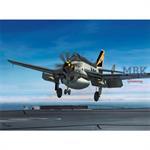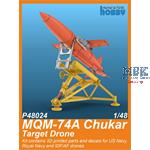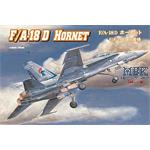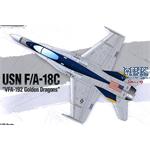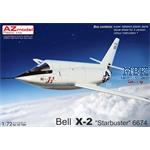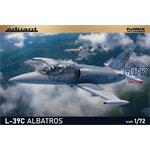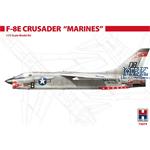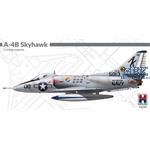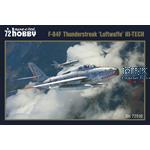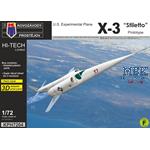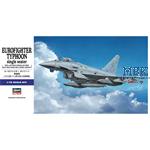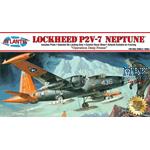
- Scale 1:72
- not built, not painted
- Paint and glue not included
The F-106's most distinctive feature was its fire control system, which featured the Hughes MA-1 digital computer integrated with the SAGE (Semi-Automated Defense and Intercept) system, a semi-automatic intercept system then in use in the continental United States. This gave it advanced, nearly fully automatic intercept capabilities.
It was also equipped with state-of-the-art radar and navigation equipment, giving it extremely advanced all-weather capabilities.
Its armament consisted primarily of missiles. The missile bay in the center of the fuselage allowed for unprotected mounting and thus unlimited speed limitation. The aircraft carried an unguided AIM-2 Geni missile with a 1.5 kt nuclear warhead and four AIM-4F/G Super Falcon missiles (a combination of infrared and semi-active homing capability).
The Geni missile, however, appears to have seen little use.
The F-106A entered service with the U.S. Air Force Aerospace Command (ADC) in June 1959 and served as the aircraft's primary interceptor until the 1980s.
The F-106 was primarily designed to deter Soviet bombers with nuclear missiles,
therefore, dogfights with fighter aircraft were rarely considered.
As a result, it lacked fixed armament.
However, the low wing loading of the delta wing gave it high maneuverability.
For air combat, it was even modified to mount an M61 Vulcan cannon in the missile bay.
However, the F-106 ended its service life without participating in any major combat missions.
Specifications
- Crew: 1
- Wingspan: 11.67 m
- Length: 21.56 m (including pitot tube)
- Altitude: 6.18 m
- Maximum takeoff weight: 15,875 kg
- Engine: P&W J75-P-17
- Thrust: 7,800 kg (military), 11,100 kg (with A/B) x 1
- Maximum speed: 2.0–2.3 km/h (12,200 m)
- Fixed armament: None
- Missiles: 1 x AIM-2A/B Genie, 4 x AIM-4E/F/G Super Falcon
- First flight: December 26, 1956
Write now your personal experience with this article and help others with their purchase decision.


